Headfield Viaduct
Headfield Viaduct



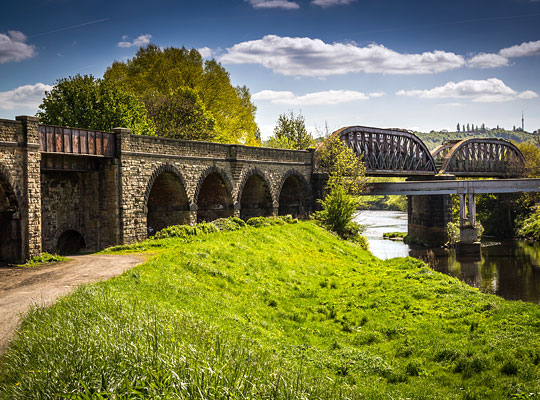
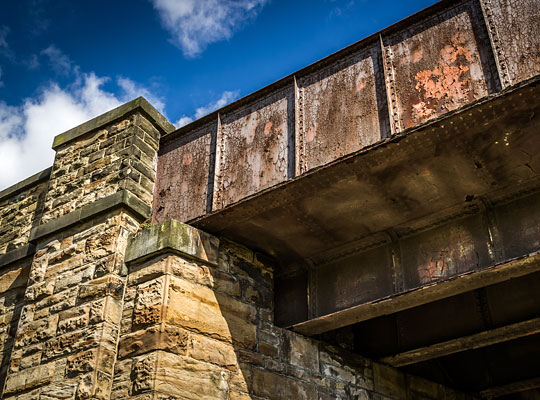
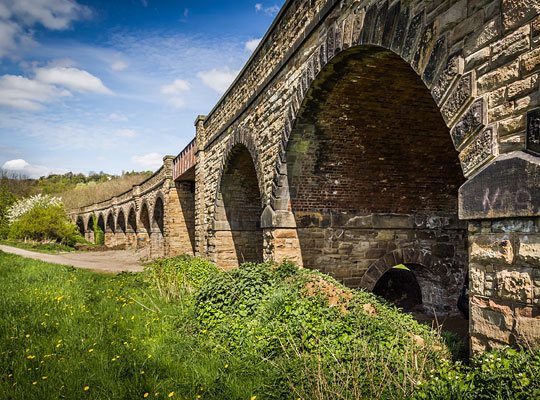
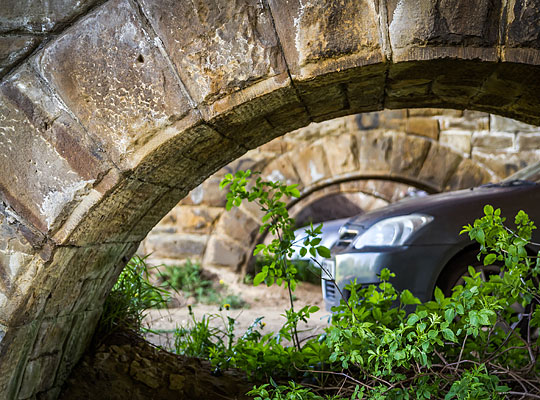
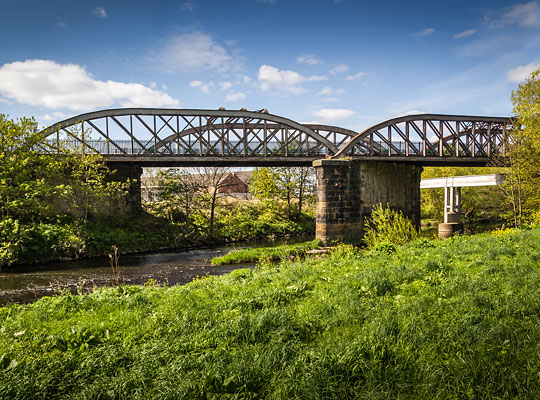
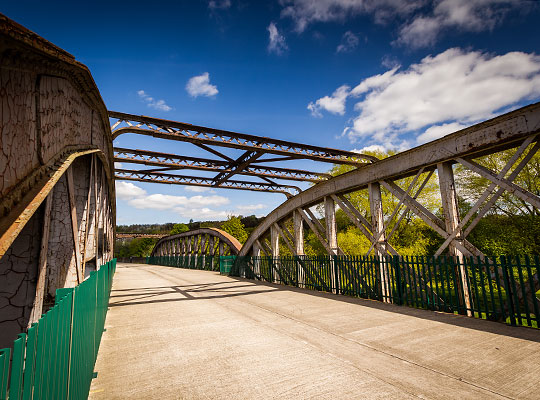



















An unlikely collaboration emerged between the Great Northern and Lancashire & Yorkshire railways in 1882 after a Commons committee rejected the former’s proposal to expand its operations into West Yorkshire’s Spen Valley. An agreement between the two companies granted the GN running powers over the L&Y’s Calder Valley line (Wakefield-Halifax) as well as its branch to Cleckheaton and Heckmondwike. In return, the Lancashire & Yorkshire secured what it had long sought – running powers over the joint GN/Manchester, Sheffield & Lincolnshire route from Wakefield to Doncaster.
Moreover, in order to implement this arrangement effectively, it was agreed that several new connections should be constructed between the two systems, a joint Bill for which was deposited before Parliament in 1883. One of those connections involved just 48 chains of railway between the L&Y’s Dewsbury Market Place branch and the Great Northern’s Ossett-Dewsbury-Batley line. The engineering, which proved disproportionately heavy, was designed by Henry Fraser and his brother-in-law William Beswick-Myers.
Climbing a stiff 1:55 gradient towards Dewsbury, the line was carried almost entirely on embankments and structures, built by local contractors Messrs Brier, Son & Wilson. Included were a lattice girder span over the Dewsbury cut of the Calder & Hebble Navigation and a viaduct comprising two groups of masonry arches, a bridge over Sands Lane and two further lattice girder spans over the River Calder.
In progressing the truss design, Beswick-Myers adopted a system he had first encountered during three years of study at the University of Berlin. Although similar to a bowstring, these trusses have a horizontal middle section to their upper boom, allowing a reduction in the number of diagonal members; these only bear tension, not compression. The system was developed by German civil engineer Johann Wilhelm Schwedler and first used on a rail bridge over the Weser near Höxter in 1864.
Major-General Marindin inspected the new link for the Board of Trade early in October 1887; within days, goods traffic was testing the infrastructure. Traffic levels were though always modest and the line succumbed to economics in May 1933. A single-track was relaid to serve Dewsbury Goods Depot in 1965, but its closure brought a final demise in 1990 and the track was lifted five years later.
Around 285 yards in length, Headfield Viaduct incorporates a curvature of about 20 chains in radius. At its northern end, the approach embankment is retained by substantial, curved wing walls. The longer masonry section is formed of ten segmental arches – the barrels being brick-built – with a corbelled refuge provided above each pier, alternating between sides. The parapets are topped with dressed stone copings.
Crossing Sands Lane is a wrought iron plate-girder bridge which has four longitudinal beams to carry one rail each of the double-track line. On its east side, the second masonry section of four arches is extended at its south end to account for the severe 60° skew of the abutment for the river spans. All the piers feature arched openings at their base, possibly to concentrate the load into the foundations or for flood-relief purposes.
The spans over the Calder measure 140 feet and 122 feet, supported by a single pier standing centrally in the water, upon which the east-side trusses overlap. The pier caused no inconvenience to river traffic as this section is not navigable. Each pair of trusses is tied together at the top by three transverse lattice beams.
Since the summer of 2011, function has been restored to the viaduct as part of a cycle path linking Dewsbury town centre with Savile Town. The masonry sections and Sands Lane bridge have been tarmacked whilst a concrete slab was cast over the river spans.
Click here for Headfield Viaduct’s cycle path conversion story.







